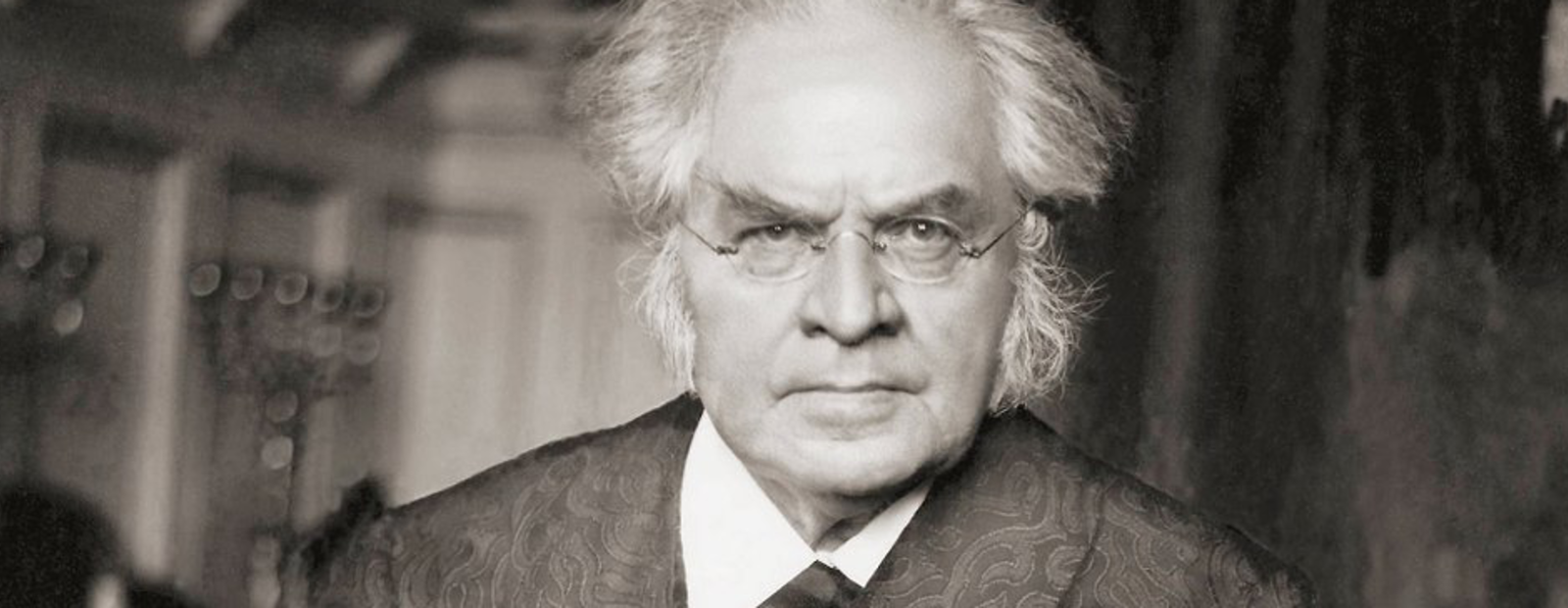Norwegian artists
generally followed many of the trends of European art. And generally speaking,
Norwegian art is considered part of the larger Scandinavian art category.
Viking art was one
of the leading periods of not only Norwegian art but was a prominent period in
European art at the time it thrived. Evidence of Viking art can be found across
Scandinavia, Iceland, and the British Isles. Metalwork was particularly
popular, like what can be seen in penannular brooches (similar to what Ned
Stark wears in Game of Thrones), weathervanes,
weapons, jewelry, and coins. Viking ships also have a very distinct shape.
Sculptures called runestones dot the countryside across Scandinavia and other
Northern countries. These runestones are often highly carved but can vary
depending on the time and location in which they were created.
Johan Christian
Dahl is often considered the “Father of Norwegian Landscape Painting.” He led
the way for other landscape painters like Johannes Flintoe, Adolph Tidemand, Kitty
Kielland, and Harriet Backer.
The latter part of
the 1800s saw a rise in the prominent artistic movements of the day:
Impressionism and Neo-Romanticism. Artists like Harald Sohlberg, Lars
Hertervig, Frits Thaulow, Christian Krohg, Nikolai Astrup, and Thorolf Holmboe
were among the more prominent artists in these movements.
Probably the most
well-known Norwegian artist is Edvard Munch (pronounced like “monk,” not
“munch”). He helped to influence the Symbolism and Expressionism movements. Munch’s
famous painting, “The Scream,” is recognized throughout the world. It’s always been
a favorite of mine for many reasons. It perfectly sums up working a corporate
job.
The vast majority
of Norwegian literature is written in the Norwegian language, at least in
modern times. The earliest forms of literature were the Eddic poems of the 9th
and 10th centuries. Many inscriptions were written in the runic
alphabet during this time period. However, as Christianity spread, they also
brought along the Latin alphabet. Old Norse literature was often linked to
Icelandic literary traditions, and they shared many commonalities. During this
time, religious texts, historical accounts, and stories chronicling the kings
were quite common.
However, from about
the latter part of the 1300s up until their independence, Norwegian literature
saw a latent period. Nothing significant was written during this time, or at
least, there wasn’t much evidence of any. Henrik Ibsen referred to this period
as the “Four Hundred Years of Darkness.” I mean, there were some works that
stemmed from this era, but in comparison with times before and after, it was
pretty lacking. More like “Four Hundred Years of Writers Block.”
After Norway gained
its independence, there was a surge in many of the cultural arts, literature
included. The first university was established in what is now Oslo in 1811,
three years before their independence. From that point, Oslo and other cities
became havens for writers to hone their craft and publish books and papers in
Norwegian, spreading across Scandinavia and then the world. The “father of a
new Norwegian literature” is often attributed to Henrik Wergeland. While Germany
had the Brothers Grimm and Denmark had Hans Christian Andersen, Norway had
Peter Asbjørnsen and Bishop Jørgen Moe to spread Norwegian folk tales.
As the late 19th
century rolled around, four Norwegian writers became quite prominent—dubbed The
Great Four—Alexander Kielland, Jonas Lie, Bjørnstjerne Bjørnson, and Henrik
Ibsen. Ibsen is mostly known for his plays, especially A Doll’s House and A Wild
Duck (both of which I’ve read). When I graduated from high school, a friend
of mine who I had acted with gave me a copy of six plays by Ibsen. I still have
it on my shelf. And of course, he’s a staple in college literature classes.
As we rolled over
into the 20th century, literature took on much more of a social and
political commentary and a post-modern standpoint. There have been three
Norwegian writers who have won Nobel Prizes in Literature: Bjørnstjerne Bjørnson
(1903, Union between Sweden and Norway), Knut Hamsun (1920), and Sigrid Undset
(1928, born in Denmark).
Up next: music and
dance






No comments:
Post a Comment